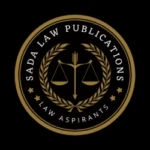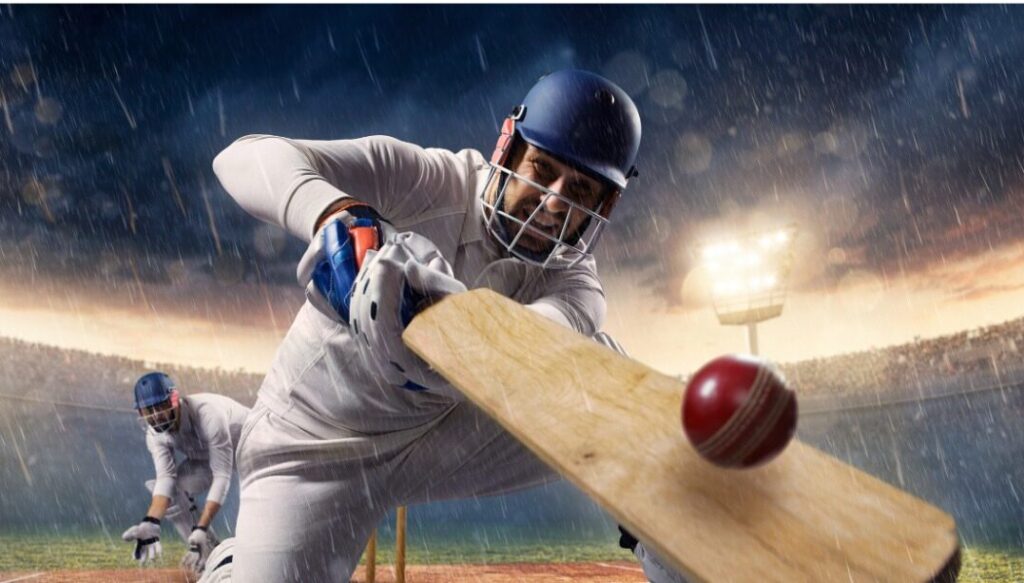Validity of LMV Driving License for Transport Vehicles
Trending Today The State or its instrumentality cannot tinker with the “rules of the game” insofar as the prescription of eligibility criteria Validity of LMV Driving License for Transport Vehicles Minority Status of educational institutions not affected by statute, date of establishment, or non-minority administration JAMMU AND KASHMIR POST ARTICLE 370 ANIMAL CRUELTY CONTROVERSY: HOW THE 2023 SCC DECISION AFFECT JALIKATTU Role of technology in transforming the Indian judiciary COMMON CAUSE v. UNION OF INDIA 2018 Legal Framework governing reproductive rights and abortion law The Impact of Contract Law on E-Commerce and Online Transactions Indian Parliament Validity of LMV Driving License for Transport Vehicles: Supreme Court on 6th November, 2024 04 Mar 2025 CIVIL APPEAL No. 841 of 2018 M/s BAJAJ ALLIANCE GENERAL INSURANCE CO. LTD. …APPELLANT(S) VERSUS RAMBHA DEVI & ORS. …RESPONDENT(S) Date of the Judgement- 6th November, 2024 Presideng Judges: DY Chandrachud, CJI, Hrishikesh Roy, PS Narasimha, Pankaj Mithal, and Manoj Misra, JJ Introduction In a case addressing whether an individual with a driving license for a ‘Light Motor Vehicle’ (LMV) is permitted to drive a ‘transport vehicle’ within the LMV category with an unladen weight not exceeding 7500 kg, a five-judge bench ruled that a person holding an LMV license can operate such a transport vehicle without requiring a specific endorsement. The issue at hand originated in the case of Mukund Dewangan v. Oriental Insurance Company Limited (2017) 14 SCC 663, where a 3-judge bench ruled that no separate endorsement was needed on an LMV driving license to operate a transport vehicle with an unladen weight below 7500 kg. The Court held that a person with an LMV license could drive a “transport vehicle of light motor vehicle class” weighing up to 7500 kg. However, in 2022, a coordinate bench raised doubts about this ruling, and the matter was subsequently referred to a larger 5-judge bench for further consideration. Adopting a harmonious interpretation of the provisions of the Motor Vehicles Act, 1988 (‘MV Act’), the Court upheld the decision in Mukund Dewangan (supra). Decisions:- The Court gave the following conclusions: A driver holding a license for LMV for vehicles underweight 7500 kg is permitted to operate a transport vehicle without needing additional authorisation under Section 10(2)(e) of the MV Act. For licensing purposes, LMVs and transport vehicles are not completely distinct categories, as there is some overlap between the two. A driver holding an LMV license can, under certain conditions, operate light commercial transport vehicles. However, there are still specific eligibility requirements that apply to certain types of vehicles, such as e-carts, e-rickshaws, and vehicles transporting hazardous goods. The second part of Section 3(1), which emphasises the necessity of a specific requirement to drive transport vehicle, does not supersede the definition of LMV provided in Section 2(21) of the MV Act. The additional eligibility criteria specified in the MV Act and MV Rules generally for driving transport vehicles would apply only to those intending to operate transport vehicles exceeding 7500 kgs, i.e medium goods vehicle, medium passenger vehicle, heavy goods vehicle and heavy passenger vehicles. … 2 Comments ANIMAL CRUELTY CONTROVERSY: HOW THE 2023 SCC DECISION AFFECT JALIKATTU – sadalawpublications.comFebruary 27, 2025 at 8:17 am | Edit[…] rights and abortion law The Impact of Contract Law on E-Commerce and Online Transactions Indian Parliament Addressing Judicial Issues in Revenge Porn Cases Triviality section 95 INDIAN YOUNG […]Reply RAVI KUMARFebruary 8, 2025 at 2:48 am | EditThe freedom we enjoy today is ours due to the lifelong struggle of our ancestors who fought tooth and nail for it. People from different backgrounds joined the show, inspired by the ideology of freedom, equality and democracy. Its a very good xplanation. #goodarticleReply Leave a Reply Cancel Reply Logged in as sadalawpublications@gmail.com. Edit your profile. Log out? Required fields are marked * Message*
Validity of LMV Driving License for Transport Vehicles Read More »






